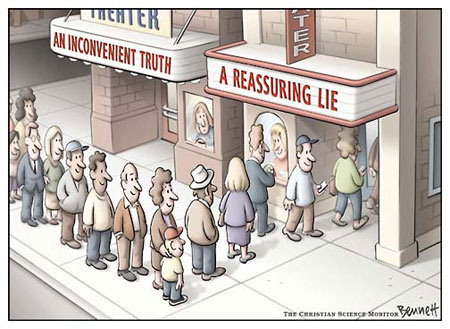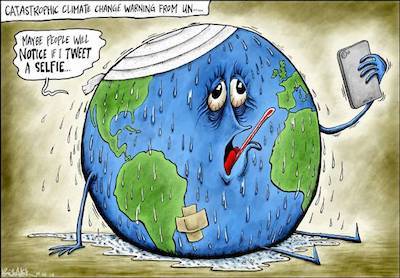



from:https://www.theinvadingsea.com/2019/04/02/the-invading-sea-wins-national-journalism-award-for-editorial-leadership/
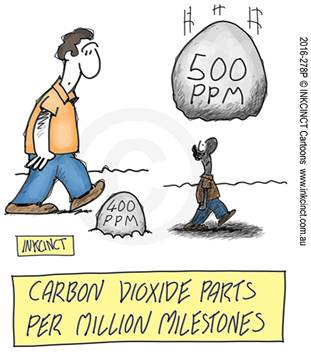 from https://www.inkcinct.com.au/web-pages/global/global-environmental/2016--global-environmental.htm
from https://www.inkcinct.com.au/web-pages/global/global-environmental/2016--global-environmental.htm
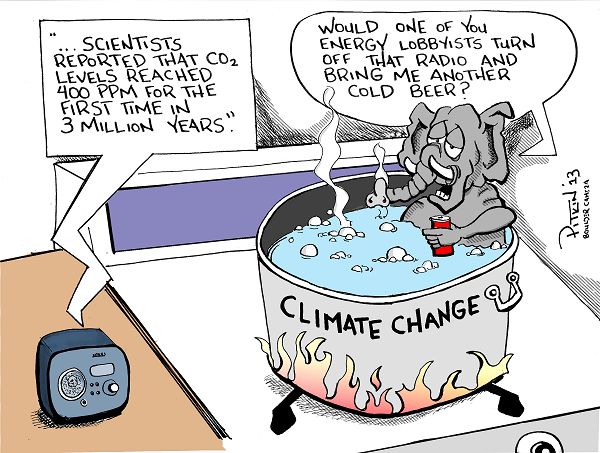
from: http://editorialcartoonists.com/cartoon/display.cfm/122425/
Readings (there are 2):

from https://twitter.com/MichaelEMann/status/863899446744162304
Readings (there is one in the text and two on line):
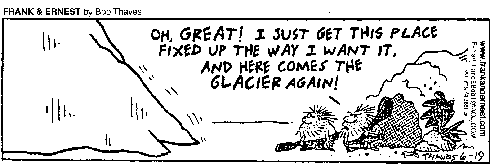
from:http://www2.ocean.washington.edu/oc540/lec01-23/99.540.17.figs/99.540.17.c.gif
Readings (there are 2):
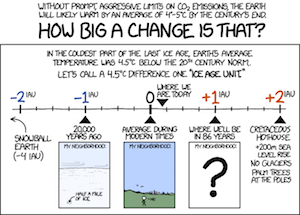
from https://xkcd.com/1379/
Readings:
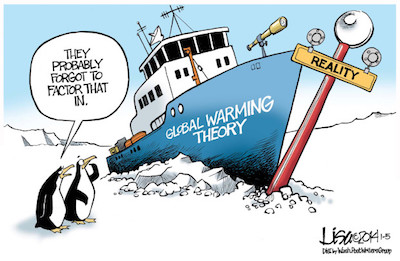
from: https://www.ocregister.com/2014/01/06/todays-cartoons-global-warming/
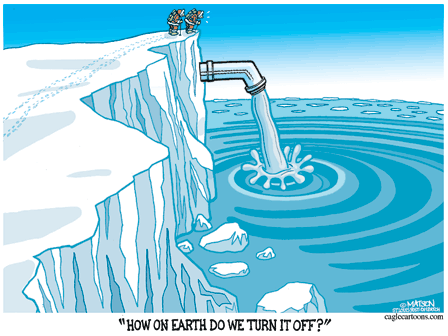
from:https://www.pinterest.com/pin/515732594809455728/
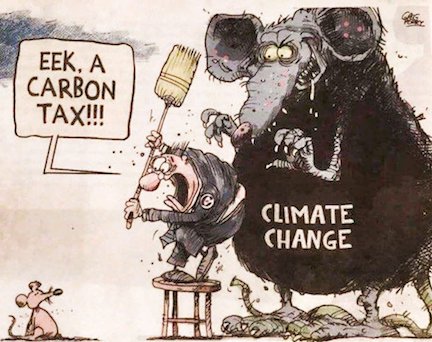
from https://twitter.com/tveitdal/status/1114404861817311232
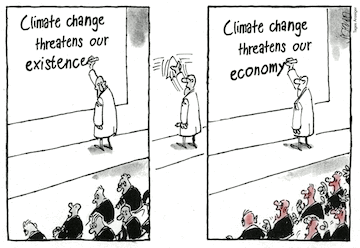
from https://conservationbytes.com/tag/holocene/
Readings:
Mann Chapters 7 and 8
Beer prices and climate change
Click here to access
The value of snow
Click here to access
Fisherman and big oil
Click here to access
